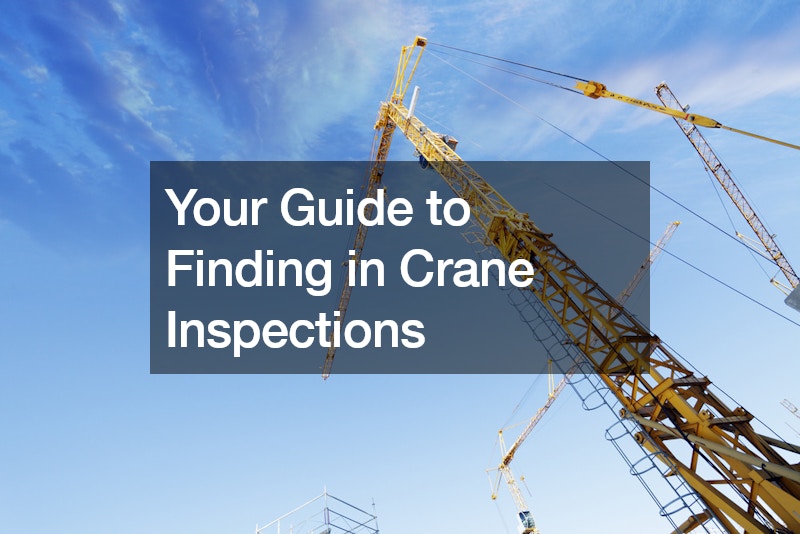Crane inspections are used to determine whether these powerful machines are safe and fit for use in the face of regular wear and tear. The findings are then analyzed by qualified personnel to determine the next step, as discussed in the video. Generally, findings can be broken down into four different classes:
Deficiencies
This finding renders the machinery under consideration unsafe or unfit for purpose. Any piece of equipment that is slapped with a deficiency finding must be taken out of service. Subsequent deployment is only permitted after the issue in question has been fixed/repaired.
Recommendations
With this type of flaw, the owner is allowed to schedule repairs without taking the crane out of use. With that said, the problem still needs to be fixed. However, the Occupational Health and Safety Administration (OSHA) gives crane owners room to monitor the issue and make plans on when and how to do the necessary repairs.
Noteworthy Items
Some observations made during a crane inspection can be seen as notes as opposed to issues that require immediate attention. For instance, the person conducting the inspection may note that a crane needs a longer wire rope. While this is a worthwhile observation/finding, it does not call for any action.

Good Items
Crane inspections are very useful when it comes to uncovering all sorts of issues. However, these inspections also capture the good aspects of the equipment. The main idea here is to show that the machinery is fit for purpose and that the use of the crane can continue.
Regular crane inspections are required by law. These inspections document everything. Afterward, a qualified individual analyzes the inspection report and decides what should happen next. This forms the basis for the next action.

